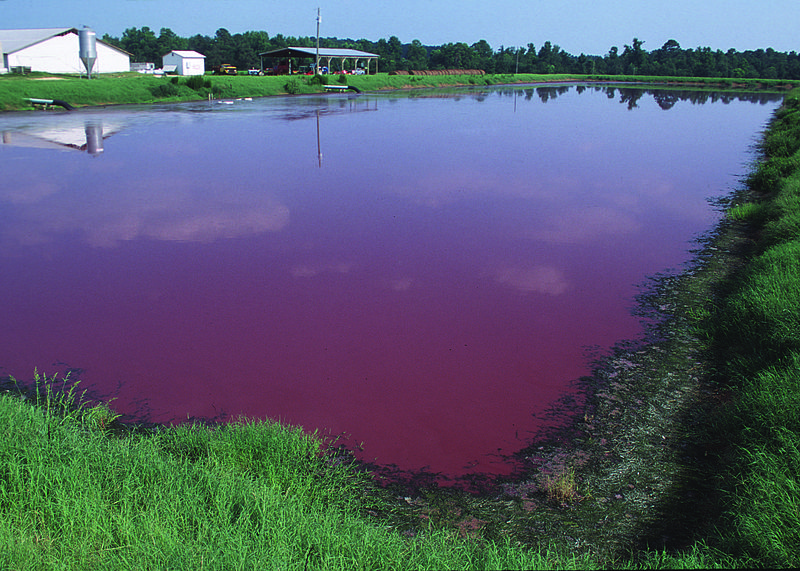Pig manure wont be a waste product for much longer. Modern technology is turning it into a resource by allowing farmers to convert manure into biogas, which in turn, can be used as a fuel source. This means that waste lagoons can become a useful way to conserve fossil fuels and a new resource for farmers.
How Waste Provides Power
Biogas is essentially a type of natural gas that farmers can produce through their pigs’ waste. The process starts with a closed waste lagoon that holds the manure. The system collects the methane released by the waste, preventing it from escaping into the environment, by exposing the waste to specific bacteria. This happens in a digester device, which gives the bacteria the right environment to digest and process the waste.
That process splits the waste into two parts. The most important one is the biogas itself. Most of the biogas goes into a generator shortly after production, where the farmers burn it to produce electricity. They can sell that power back to the grid to increase their income or they can use it at their own facilities to reduce their expenses. The digestion process also produces some solid and liquid waste, which is essentially compost. It is an excellent fertilizer, so there is very little unusable waste from this process.
Why Biogas Matters
Biogas is a sustainable fuel that is fairly easy to store and doesn’t rely on natural conditions, such as wind or sunlight. This gives biogas a lot of value as part of a broader, multiprong program to produce sustainable energy considering it fills a role that most other sustainable energy sources cannot.
This type of biogas is particularly good because it can cut down on pollution twofold. The average hog farm produces a huge amount of manure every year. It takes up a lot of space and releases a lot of methane into the atmosphere. Methane is a powerful greenhouse gas, so it is best to keep emissions as low as possible. Converting the waste into biofuel reduces emissions without forcing farmers to give up any of their resources. It can even provide an extra source of income, which makes it more appealing than many of the alternatives.
Production is Expanding
Demand for green energy has increased drastically over the past few years, which is why farmers are starting to convert pig waste into fuel. However, it is still a fairly young technology. There’s a lot of room for growth and development, but it will only get more popular and efficient as farmers and corporations start to encourage it and make investments.
Fortunately, that is exactly what is happening. Universities and corporations, such as Smithfield Foods, are making a point of expanding biogas production. Smithfield hopes to install biogas production systems at 90% of its farms within the next ten years (anyone interested in joining their project can apply through Smithfield Foods Jobs). That’s a big goal, but it is already using the Optima KV project in North Carolina to work with local farmers to get started. Their efforts in Utah and Missouri are also important for deploying and improving this technology. Their efforts, along with those of other groups, are likely to have a significant impact on the industry in coming years.




